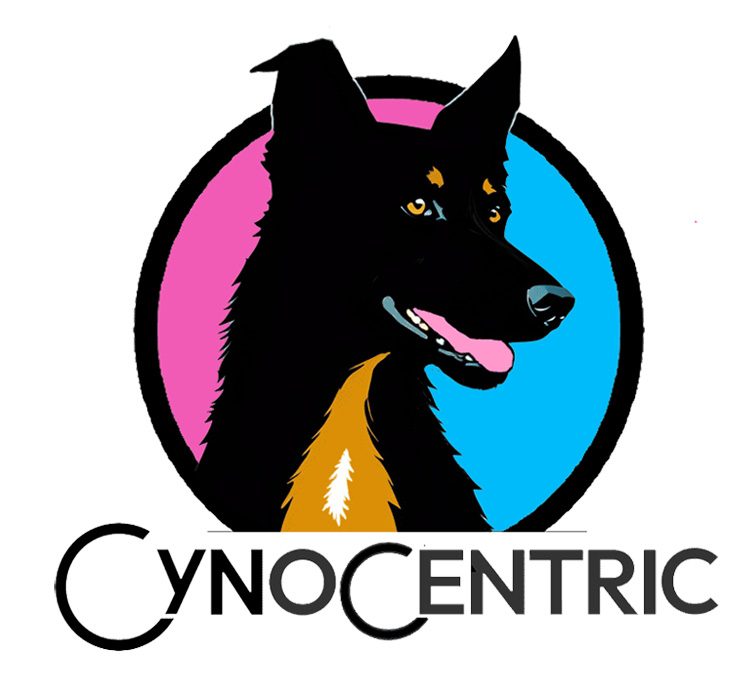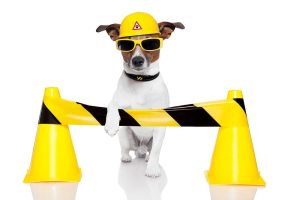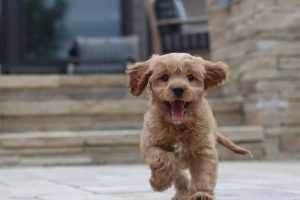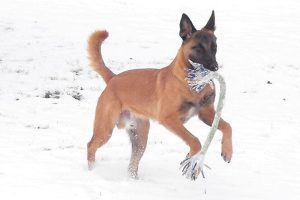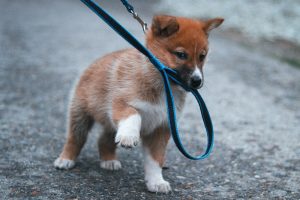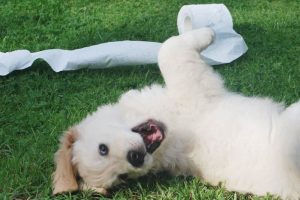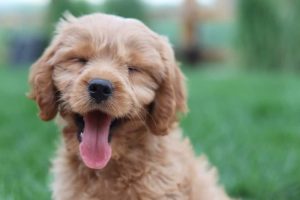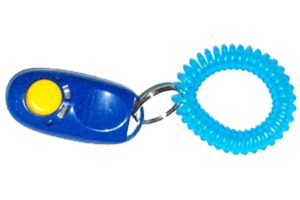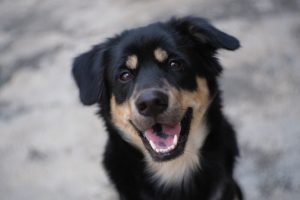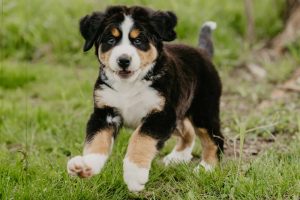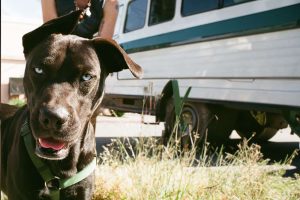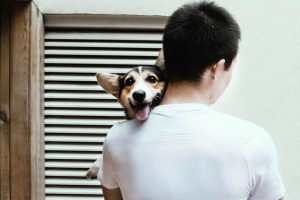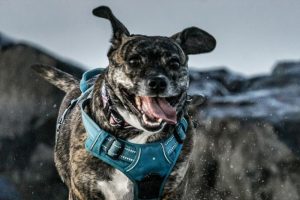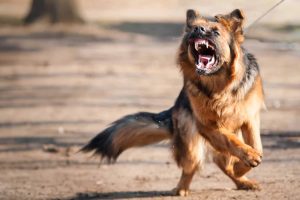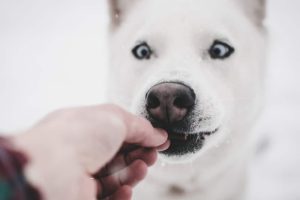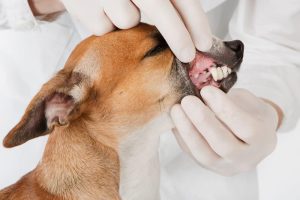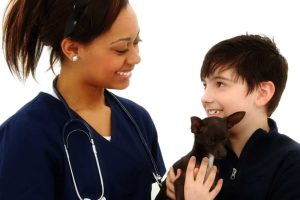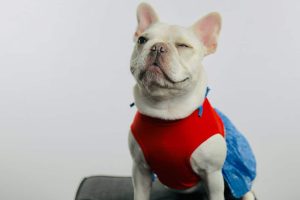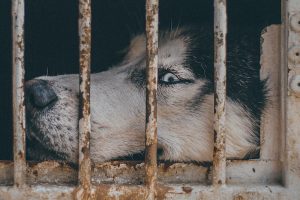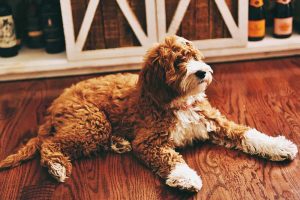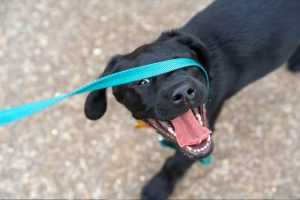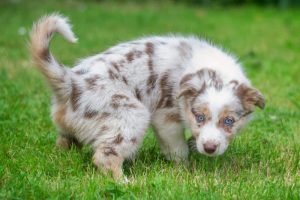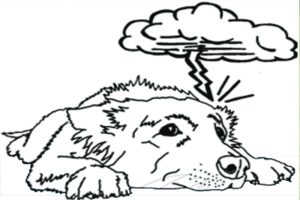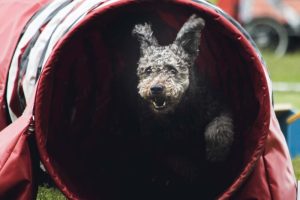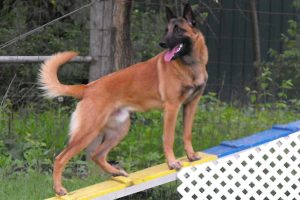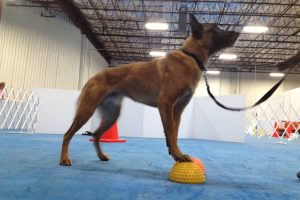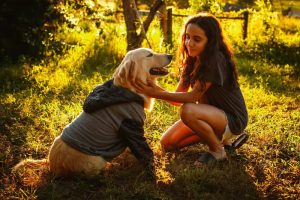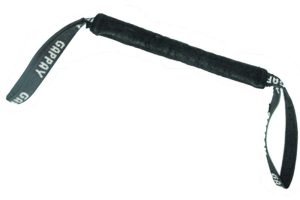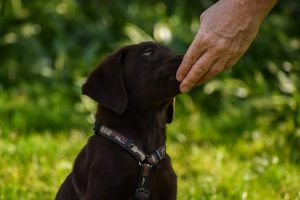“Puppies are born with the genes for love, but it still takes a village to raise a loving dog.”
— Clive DL Wynne —
Dog is Love: Why & How your dog loves you
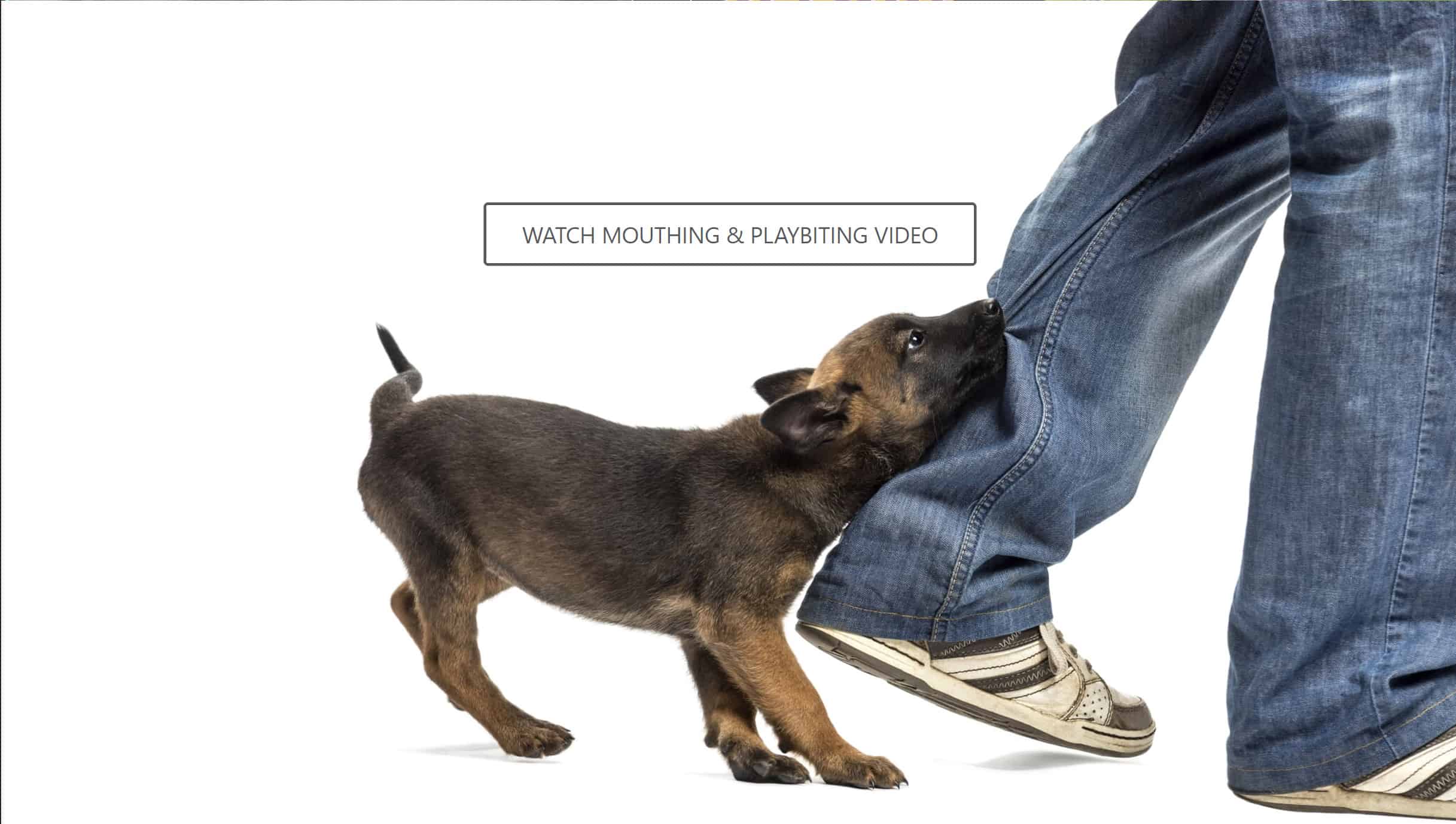
PUPPY PLAY
Dog-Dog Socialization & Puppy Play Groups
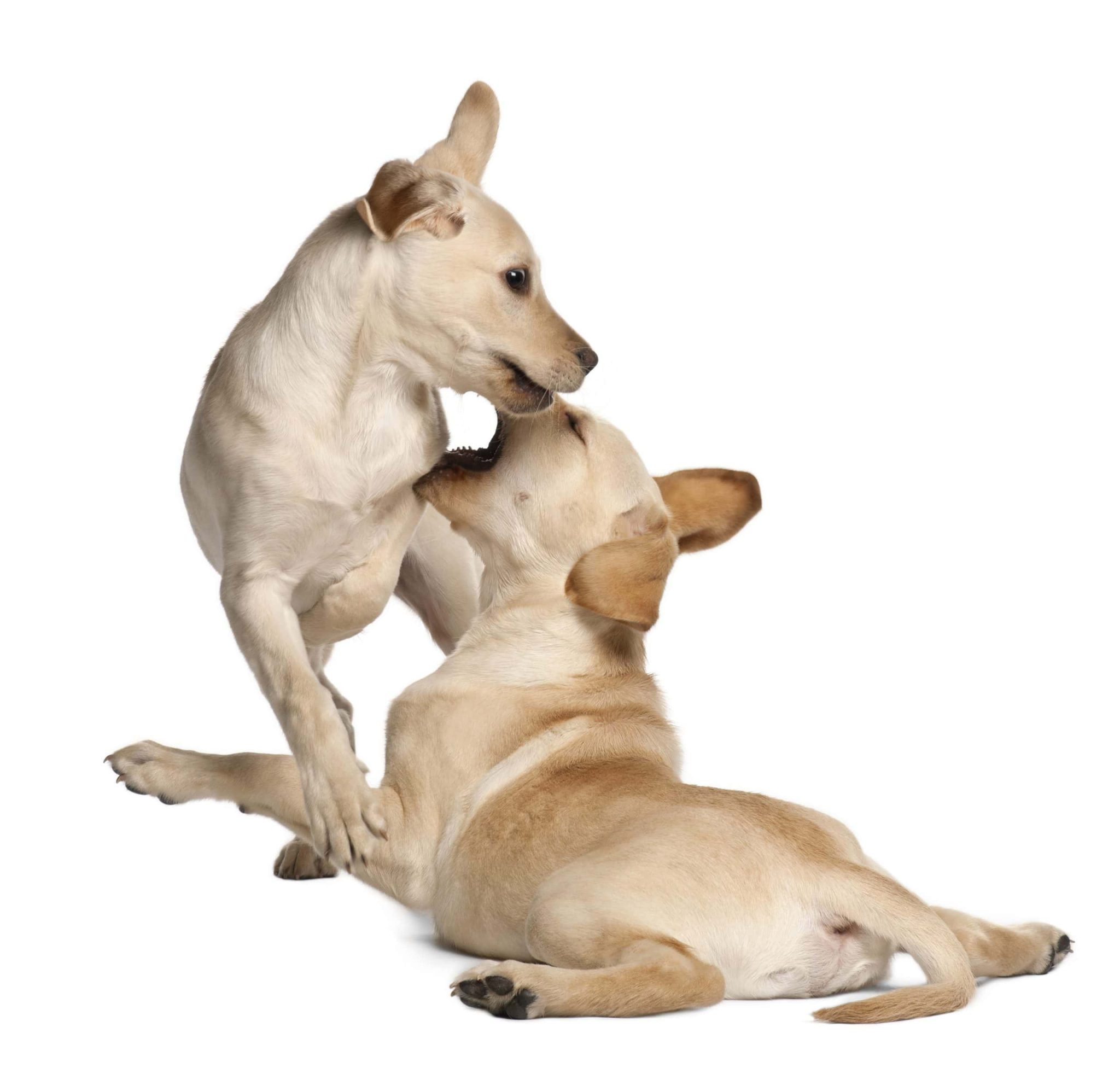
This is an incredibly important and complicated subject. Objectives include:
- Puppy is comfortable interacting with dogs and puppies of different breeds, sizes, types and personalities
- Puppy develops play skills and learns to read normal dog body language
- Puppy is able to be called from play
- Puppy is able to be calm around other dogs, listen to the owner, and be okay walking past other dogs without meeting them
- Owner is able to make good choices about when and with whom puppy should play
- Owner is able to recognize and interrupt potentially problematic play
Goals for Off Leash Puppy Socialization & Play
While it can be pretty fun to stand around and watch a group of puppies run completely wild, that is not necessarily in their best interests.
Understanding the specific objectives of group puppy play time can help make sense of when and how we interrupt play, why the groups are divided the way they are, and why it is sometimes the best choice for a puppy not to play in group (that week) at all.
ABOVE ALL
- ~ Protect each puppy from harm
- ~ Interrupt aggression quickly
Increase each puppy’s enjoyment, comfort and confidence around other puppies.
Off-leash puppy socialization can provide opportunities for positive exposure to other puppies. It is critical to intervene whenever necessary to protect each puppy from and to quickly mitigate any potential distress from an inappropriate exposure. Classroom helpers play this role, and all puppy owners are encouraged and empowered to step in to protect any puppy by gently blocking the incoming/rougher puppy.
Manage (generally decrease) each puppy’s arousal and encourage appropriate, calm play.
Classroom helpers and owners should gently and positively interrupt over-aroused and hyper dog-focused play styles, calm puppy with food and easy obedience or gentle restraint, and reward calmer play with praise and continued access/play.
Decrease or eliminate each puppy’s inappropriate play behaviors and encourage each puppy’s appropriate play behaviors.
Classroom helpers and owners should quickly interrupt inappropriate behavior with a short, gentle time out. Allow puppy to try again as soon as he has shown that his full attention is now on the owner (more info on inappropriate play behaviors below).
Increase each puppy’s attention to the owner around other puppies and begin foundation for off leash control.
Owners should insist on owner-focused behaviors to allow each puppy to initially access play. Owner should establish a strong foundation of collar grabs from play, insisting on owner-focused behaviors to access continued play after each collar grab. Fantastic rewards should be used to help puppy learn that owners are still relevant even when other puppies are around and all are off leash.
Puppy Play Styles/Types
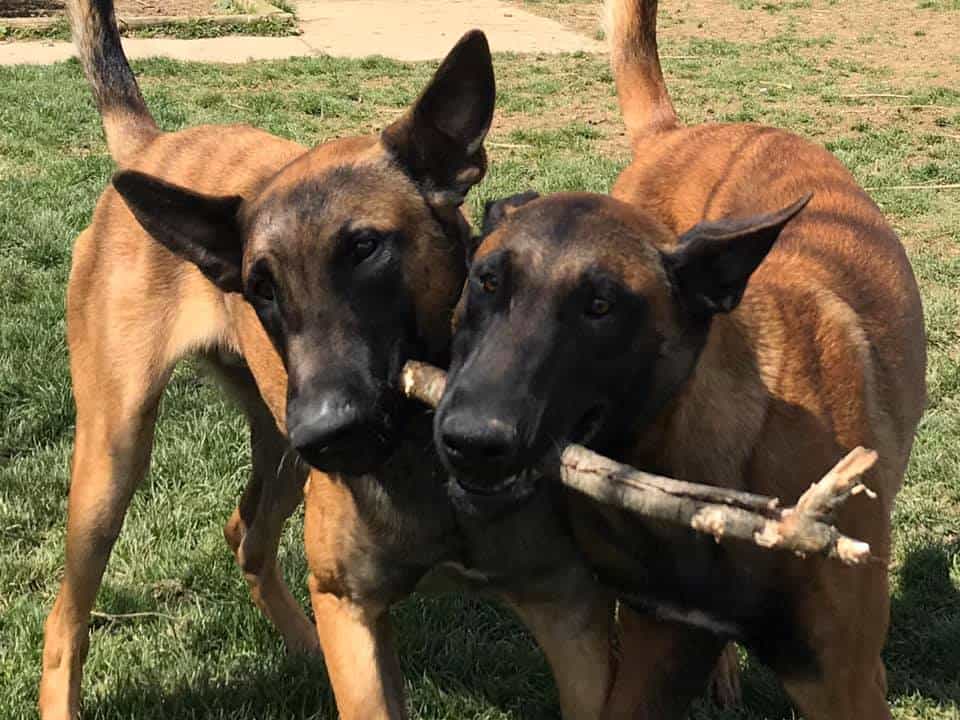
Not all puppies have the same play style, and different puppies need different sorts of help and support. The more you can understand who your puppy is and what he needs to learn to be his best self, the more quickly you can provide the appropriate intervention for your puppy.
Review the play styles below and see if you can identify your puppy’s general tendencies in play. Think about where to best focus your energy and how best to support your pup.
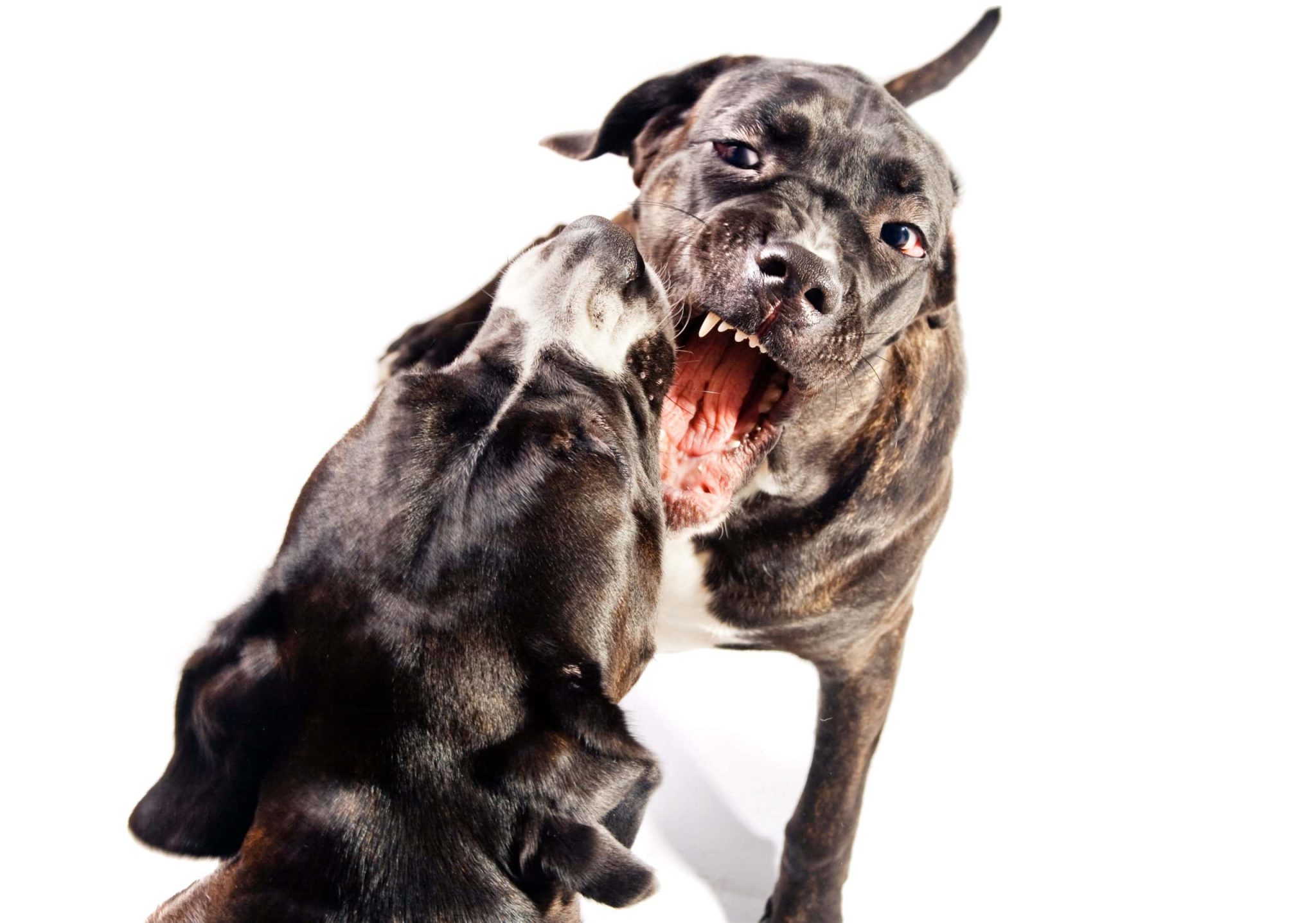
The categories are not fixed. Perhaps your puppy is a Bully at home with an older dog, but becomes Shy around puppies he doesn’t know. That’s okay, adjust your approach to who the puppy says he is at the time.
| SHY/PROXIMITY SENSITIVE | OVER AROUSED/DOG-FOCUSED | BULLY/TARZAN | DOG SOCIAL/HANDLER ATTENTIVE |
|---|---|---|---|
|
If your pup hides under the chair or behind you; sticks within your reach; tucks tail, retreats and/or snaps when approached; appears avoidant, does not approach other puppies… …she needs protection, encouragement, cheerleading, positive associations |
If your pup relentlessly plays/doesn’t take breaks; does not respond to your voice; is friendly but can be overwhelming to other puppies; is hard to catch… …she needs frequent breaks, high value rewards from you, calming touch/work, down-stay training |
If your pup does not respect the cut-off signals of other pups; pins/holds/shakes/growls; targets and chases; has ‘intense’ body language… …she needs frequent positive breaks w/ high value rewards, time outs when necessary |
If your pup is easy-going, with loose body language; splits attention between playing and you; is not easily distressed by other pups’ bad manners… …she needs recall practice, continued socialization, protection from trauma |
Shy &/or Proximity Sensitive Puppies
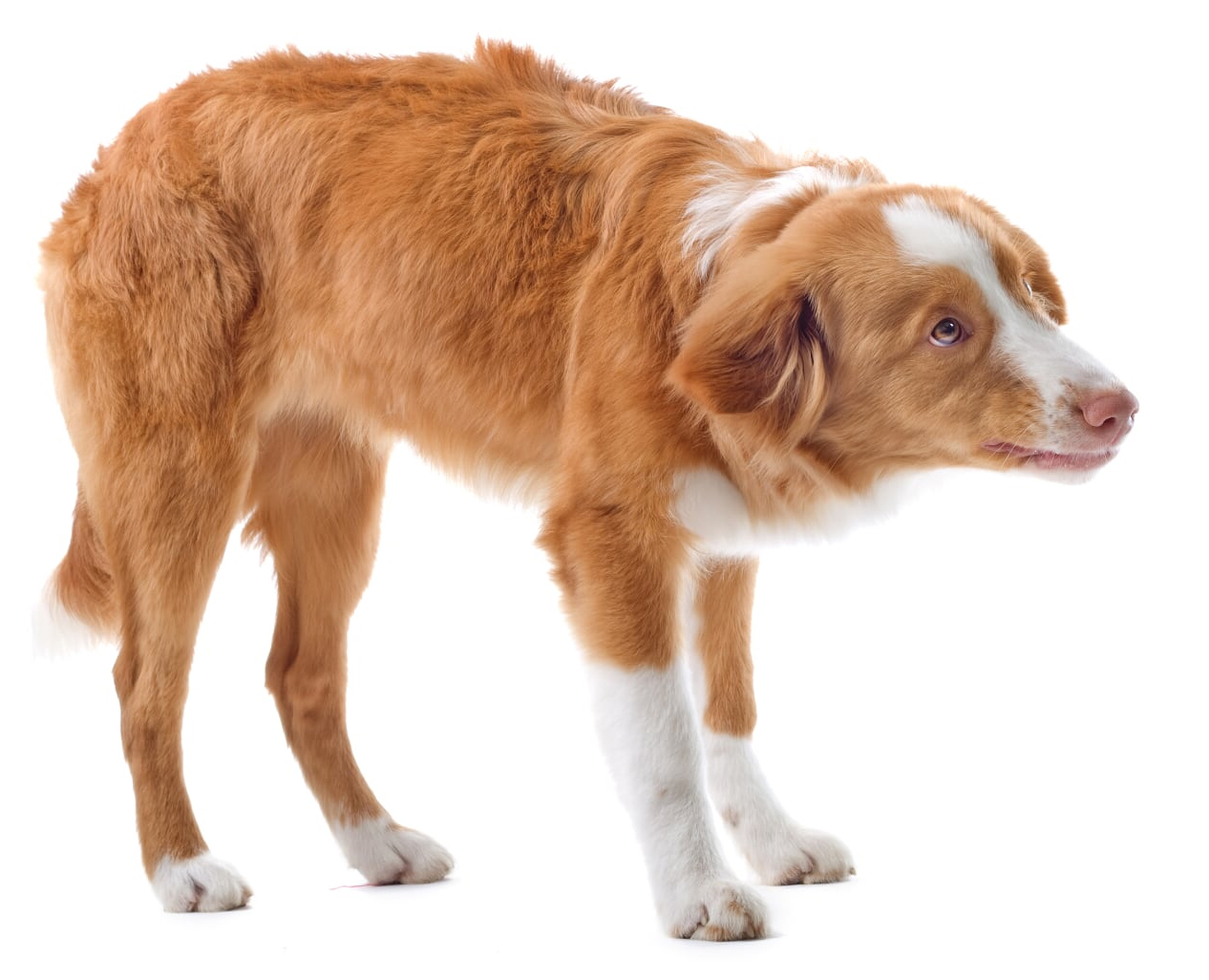
- Hiding under the bench or behind owner
- Sticking within reach of the owner
- Tucking tail, retreating, snapping, fleeing and/or hiding when approached
The goal is for puppy to build confidence and develop play skills with other puppies and dogs through appropriate interaction and handler interventions.
How to best help puppy in class
- This puppy is easily overwhelmed. Block other puppies from charging, jumping or rolling him (by placing yourself in between or by gently blocking incoming puppies with your flat hand on their chest).
- Reward your puppy when he is brave. Use happy talk and treats to reward your puppy for approaching other puppies in a pro-social and friendly manner, and for accepting their approach!
- Create calming associations. The puppy is nervous about other puppies and/or about leaving your side or approach. Change the way he thinks about other puppies by pairing their proximity with good stuff.
- Facilitate good learning experiences. Keep him in the smaller/younger/gentler group. If he is still having significant difficulty, ask to be put in a play group with just your puppy and one other specially selected easy-going puppy.
- Try an offleash set-up. The instructor may be able to select a special puppy to be a ‘helper’ puppy in a set-up.
- Teach puppy that when he is overwhelmed he does not have to snap or bite, he can leave instead! Work on your recall/come-away skills during puppy play and around other puppies.
How to best help puppy outside of class
PROTECT HIM FROM BEING OVERWHELMED
Do not take him around pushy, rough, or playful young dogs. Generally, shy and proximity sensitive puppies are most overwhelmed by juvenile and adolescent dogs, highly aroused dogs, and groups of dogs.
CREATE A POSITIVE ASSOCIATION WITH OTHER DOGS
When out and about, every time your puppy sees or hears another dog, give him treats. Tell him, in a relaxed and upbeat tone, how awesome and brave he is. The closer the other dog is, the more treats and praise your puppy should get.
FACILITATE GOOD LEARNING EXPERIENCES
Generally, shy and proximity sensitive puppies can learn best from mature/older, slower, easy going, tolerant adult dogs with very good social skills. Good activities include parallel walks and exploration together.
Responding to Undesired Play Behaviors
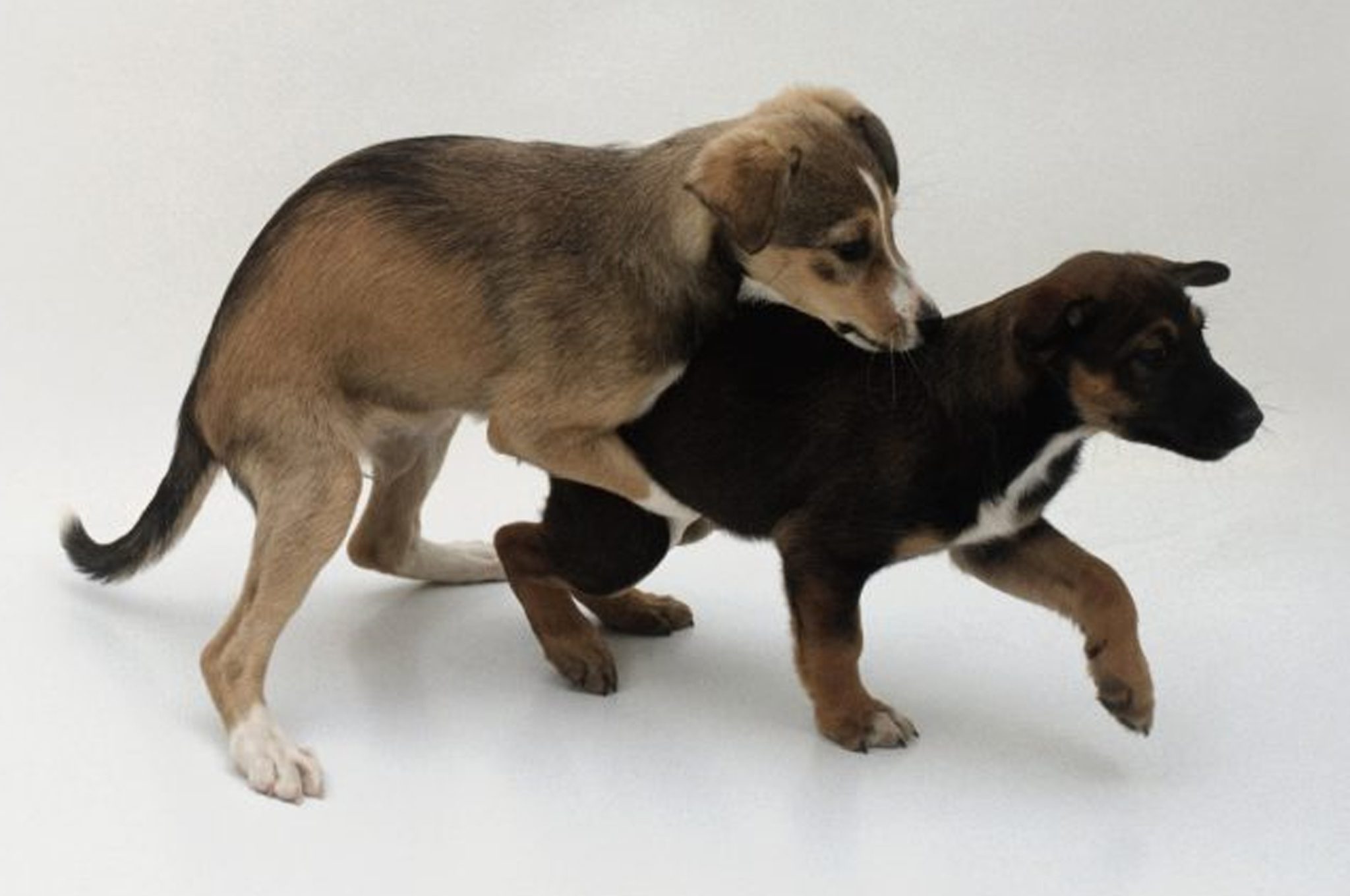
Managed puppy play helps ensure that puppies do not practice (too many) undesirable behaviors during puppy play. We want to avoid each puppy rehearsing over-arousal or aggression during puppy play, and we also want to prevent all puppies from being overwhelmed or victimized by a too-rough puppy.
The below list is a guide to what is usually the appropriate human response to specific undesired puppy play behaviors.
If you are concerned about your puppy’s dog-dog behaviors at home or in class, speak with us and also consider learning more by reading Fight! A Practical Guide to the Treatment of Dog-Dog Aggression by Jean Donaldson.
UNDESIRED BEHAVIORS → INTERVENTIONS GUIDE
Undesired Behavior(s)
- Group chase/mob attack
- Group pinning (poking, circling)
- Relentless engagement
- Grabs-bite with strong head shake
- Neck/throat fixation
- Continuing to engage with a hiding pup
- Continuing to engage with a tucked tail or cowering pup
- Persistent herding
Action: Collar Grab – for the perp(s)
Keep collar grabs positive, reward generously! Insist on handler focus and food consumption before allowing the pup to re-engage in play. Once re-engaged, quickly reward alternate and desired play with praise and food. Interrupt earlier, if possible, in the future.Undesired Behavior(s)
- Targeting/obsession/single pup focus
- Pilo-erection with stiffness or growling
- Standing over/T-off/stiffening over
- Uninhibited bite/makes other pups yelp
Action: Collar Grab or Time Out
If Tarzan/Bully: Be sure that arousal is lower and that pup is handler focused before allowing pup to re-engage in play.
Undesired Behavior(s)
- Forceful rolling/crashing/hard physical contact
- Charging and pinning (with or without snapping/snarling)
- Continuing to engage with a yelping pup
Action: Time Out – for the perp
Consider a time out word. Consider a different playmate. Insist on handler focus and lower arousal before re-engagement.Undesired Behavior(s)
- Persistent barking (frustration)
Action: Collar Grab
Calm down then new playmate(s) if possible
Undesired Behavior(s)
- Humping
Action: Gentle Redirection
Gently and consistently interrupt the behavior.Collar Grabs
Collar Grabs should not be a bummer to your puppy. They should be happy to be grabbed by, and moved by, their collar when necessary. This is not natural and it is your job to teach him to enjoy and accept this sort of handling. We train and use Collar Grabs so much that our own dogs will run to us and push their necks/collars into our outstretched hand on request. Collar Grabs are a great tool to reset or manage your puppy (and eventually your dog), and are a great way to help keep your dog comfortable with being reached for and restrained by the collar as well.
HOW TO: COLLAR GRAB FROM PLAY
Take hold of pup’s collar and gently (and decisively) guide him away from play and toward you. Reward immediately and generously.
Work with puppy until he has convinced you that his attention is on you. Be generous with treats when you see that he is making a choice to stay with you. Then, clearly release him to play.
Training Collar Grabs, generally, is covered elsewhere in this course. However, you can start using Collar Grabs immediately in play whether you have worked on the Collar Grab activity or not.
Time Out
Time Outs should be a bummer to your puppy but should never be painful or scary. Puppy should be disappointed that he lost the opportunity to do something (or continue doing something) that he wanted to do. Time Outs are an unwanted (by him) consequence that your puppy receives as a consequence of a specific unwanted (by you) behavior. We use Time Outs very rarely and not with every dog. However, Time Outs can be an extremely powerful tool to reduce or eliminate unwanted behavior when executed properly.
HOW TO: TIME OUT FROM PLAY
Say done at the moment you observe puppy’s inappropriate behavior. Immediately and calmly remove puppy from play.
Do not reward puppy again until he is calm. If you need to move further away, do so. Reward when puppy settles down and is able to focus on you. Release to play, and then observe puppy carefully for more appropriate behavior to praise/reward – or a repeat of the inappropriate behavior, in which case you will repeat the Time Out.
We discuss Time Outs, generally, elsewhere in this course. However, you can start using Time Outs immediately in play if your puppy’s behavior warrants. Time Outs are difficult to execute properly, and should only be used when necessary. Check with an Instructor for help in the moment.
WHEN IN DOUBT: Consent Check
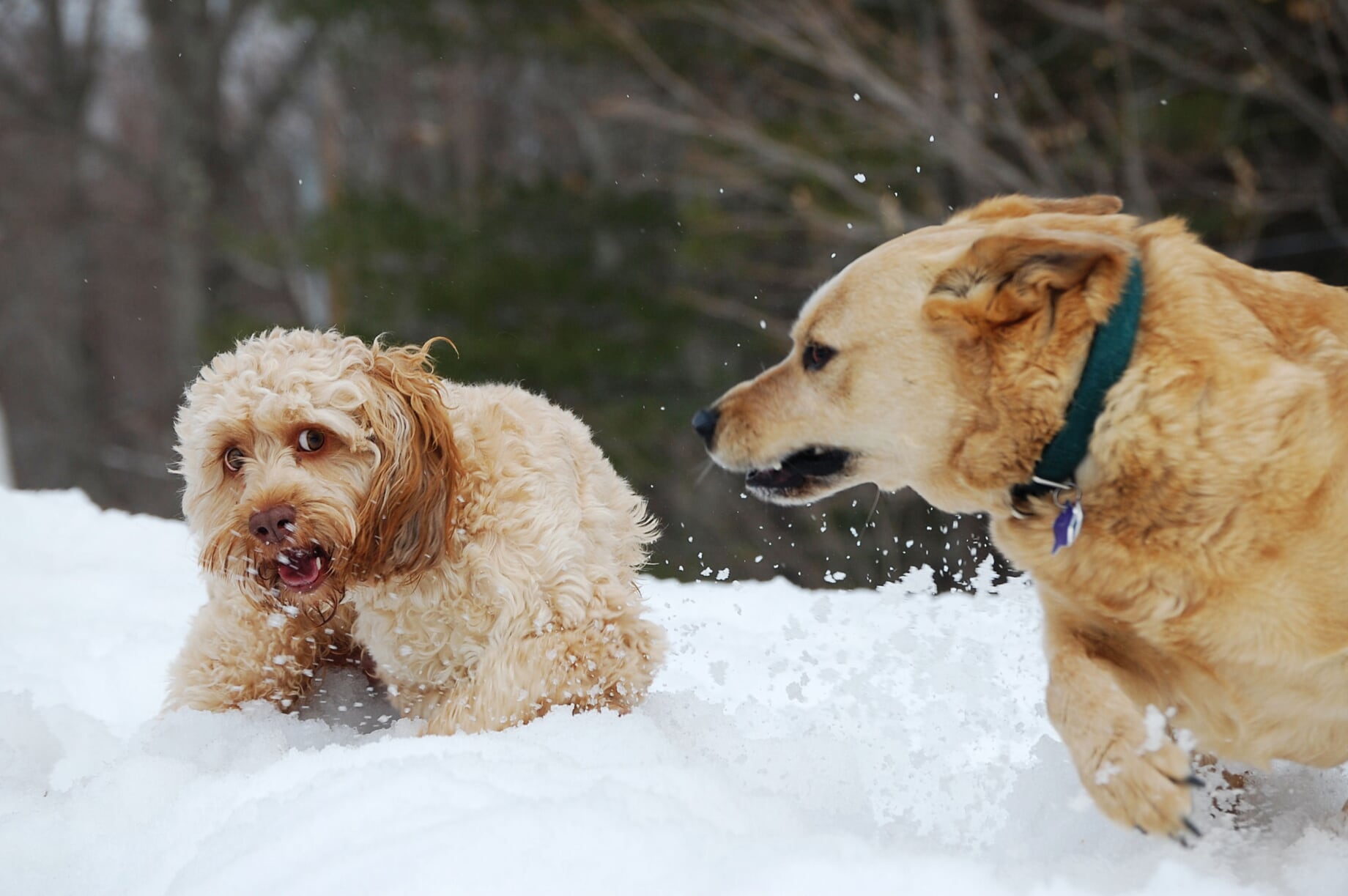
Healthy dog play is made up of behaviors that in another context might be considered aggressive, predatory, or sexual. So, how can you tell the difference? Play generally involves most or all of the following:
- Loose, bouncy, floppy, exaggerated movements (play bow, C-spine, helicopter tail, wiggles)
- Flirting/coyness/invitations/progressive levels of engagement
- Taking breaks, changing activities (not getting stuck in one pattern), self interruption, shake-offs, owner check-ins
- Taking turns, role reversal, self-handicapping, size or strength compensation, rolling of self
- Mouth wrestling/jaw sparring, inhibited bites
- Wide open mouth, lolling tongue
- Exploring together
It is possible for play to seem rough or aggressive to observers but actually be friendly and appropriate. If you have doubts about the nature of play (you think the play is probably fine but you are not certain) take a moment to check your judgment with the pups themselves!
In some cases, all of the signs of appropriate play might be there, but you may just have an uneasy feeling for some reason. You don’t need to justify that feeling – because, why? Just do a consent check! It never hurts to ask the puppies how they feel about the play.
HERE’S HOW:
The owner of the (presumed) too-rough player should do a collar grab on their puppy, moving their puppy 3-5 feet away from the other puppy (can give treats).
Wait and see if the (presumed) overwhelmed puppy chooses to re-engage. If so, your question has been asked and answered: both pups are fully consenting players!
Using Group Play to Teach Puppy to Recall Away From Other Dogs
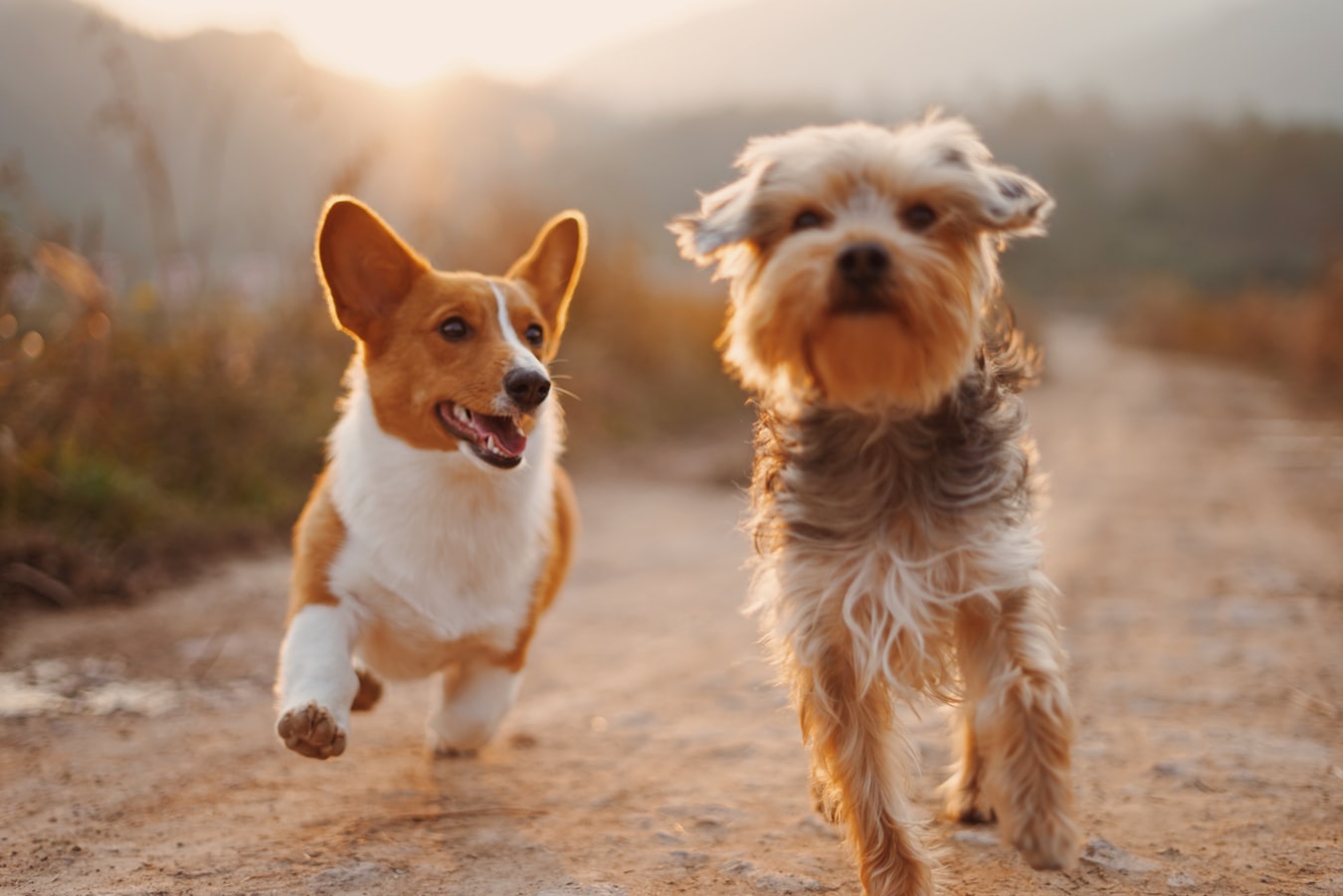
Once Puppy is beginning to play nicely and socialize happily with other puppies, and you are able to interrupt inappropriate play, the next priority is attention to you, the owner, off leash and around other puppies, and a Recall From Play.
If having your puppy come when called, even when she is playing with other dogs, then follow the steps below and use Puppy Class and Group Play as an opportunity to practice.
PHASE 1: Teach Puppy to expect amazing rewards from you when she is off leash with other puppies
- Make sure that Puppy is expecting and enjoying your rewards before being released to play, each time
- Every Collar Grab should be followed by super-high value rewards
- Every voluntary Check-in should be rewarded with super-high value rewards
PHASE 2: Practice calling Puppy whenever you are almost certain she will come
- Take a short break from play to practice a restrained recall for super-high value rewards
- Call Puppy when it looks like he is already coming to you for a voluntary Check In
- Call Puppy when it looks as though he is less engaged in play, taking a short break, or switching activities
- Call Puppy away from a behavior you’re interrupting anyway
If Puppy does not come when called, immediately go and get Puppy by gently moving him away from the other puppies by his collar. As soon as he is alone and his attention is on you, take a step away and call again. Reward generously when Puppy comes!
If Puppy does not come when called twice in a row, it is likely that the level of challenge you are asking him to overcome is too high. Make it easier for the next few times. Practice and reward more recalls during this week, and try again next week!
PHASE 3: Practice some real-life recall skills
- Once you have a lot of success with easier recalls, occasionally call Puppy from more active play. Reward generously, then send back to play
- Practice grabbing Puppy’s collar before rewarding. In real life, your priority will be safely securing your dog
- Protect and preserve your recall! When it is time to pack up, avoid using your recall
- Practice calling Puppy from on-leash greetings, with super-high value rewards for coming away
- Practice being fun and rewarding around other puppies and dogs, whether on or off leash. Try:
- Playing tug around other puppies
- Playing treat-tossing attention games around other puppies
- Working fun and well known obedience and trick behaviors around other puppies
- Practice genuinely calm down-stays around other puppies
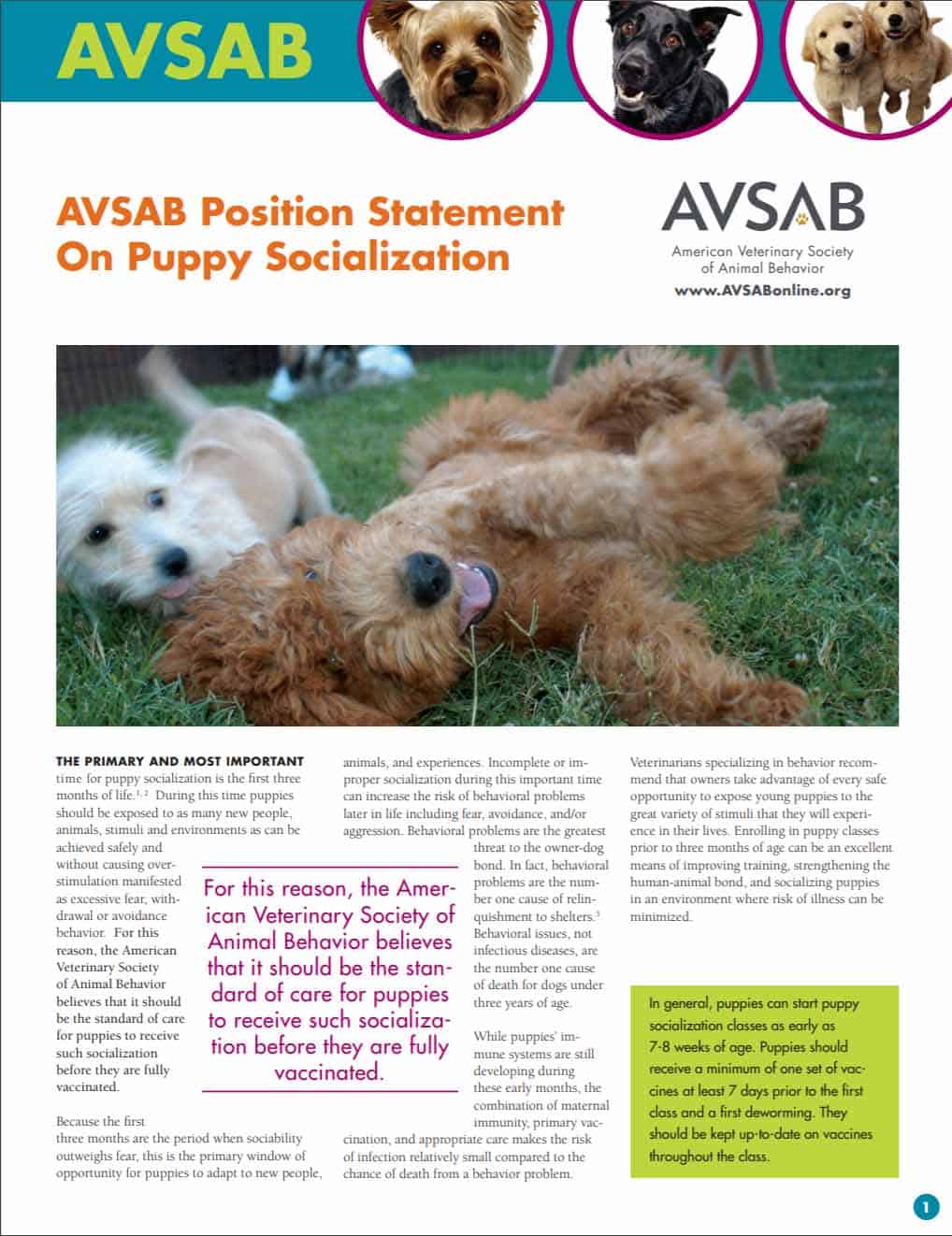
American Veterinary
Society Of Animal Behavior
Position Statement on Puppy Socialization
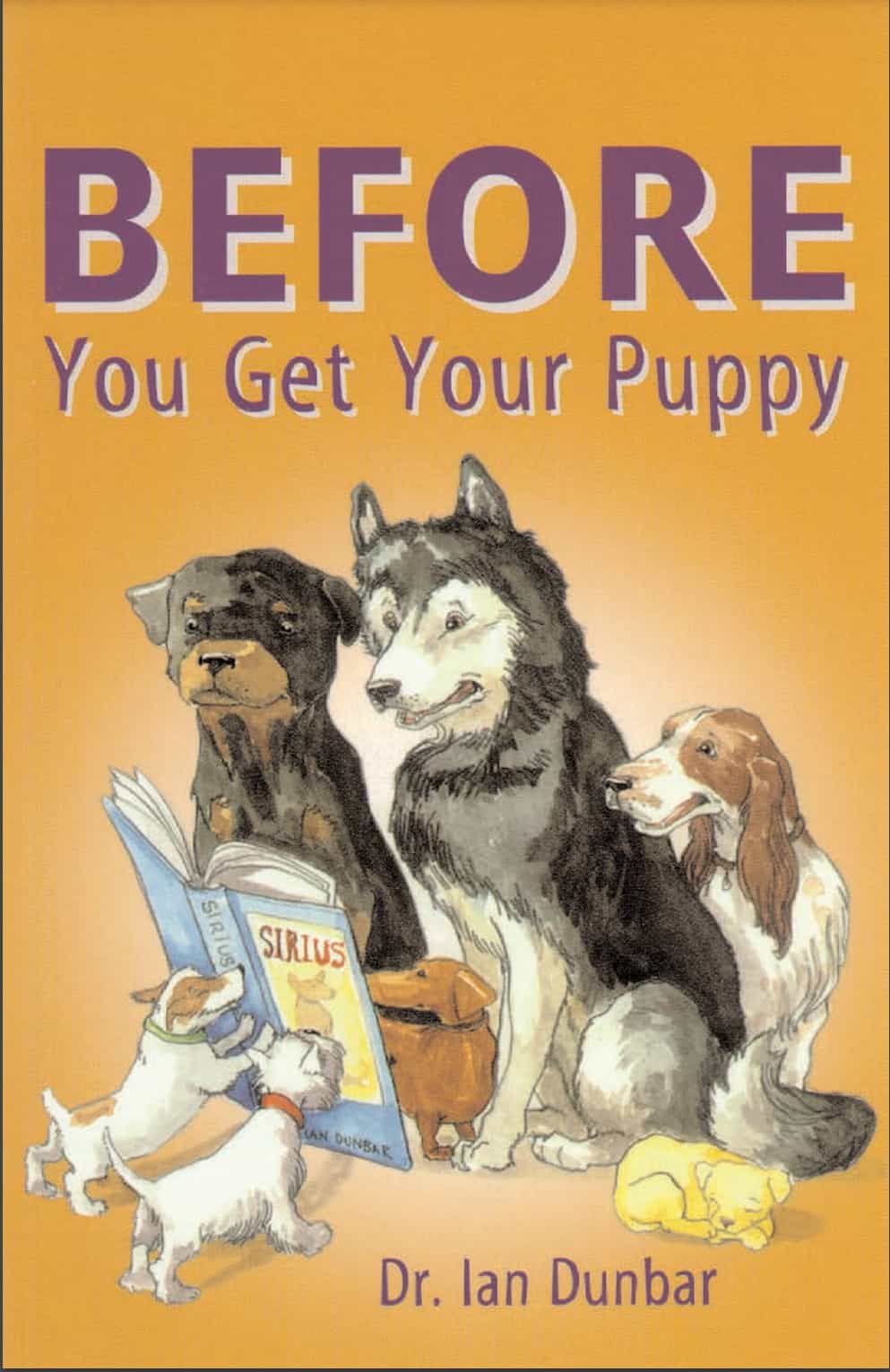
Dr Ian Dunbar’s
Book
“Before You Get Your Puppy”
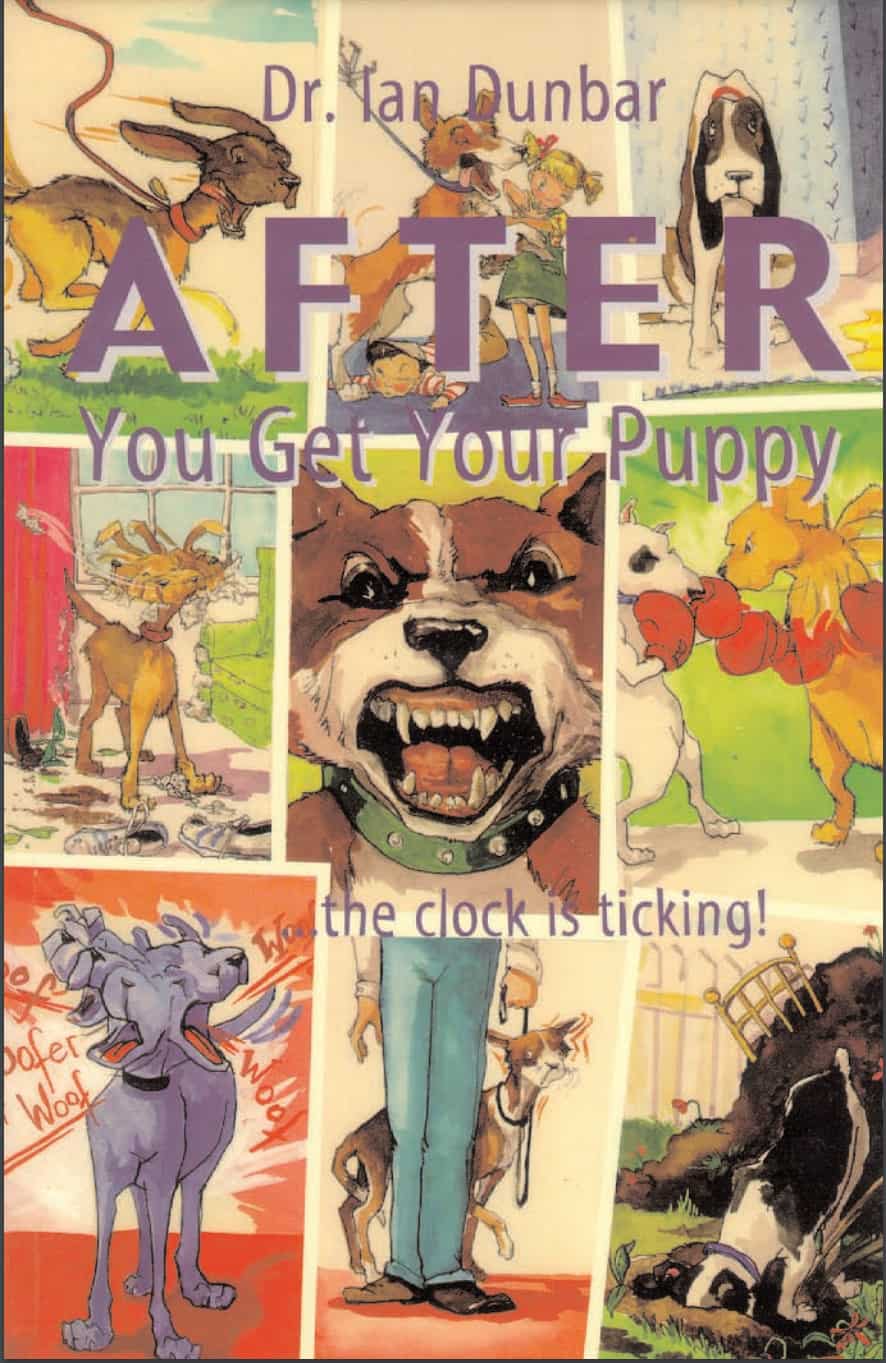
Dr Ian Dunbar’s
Book
“After You Get Your Puppy”
